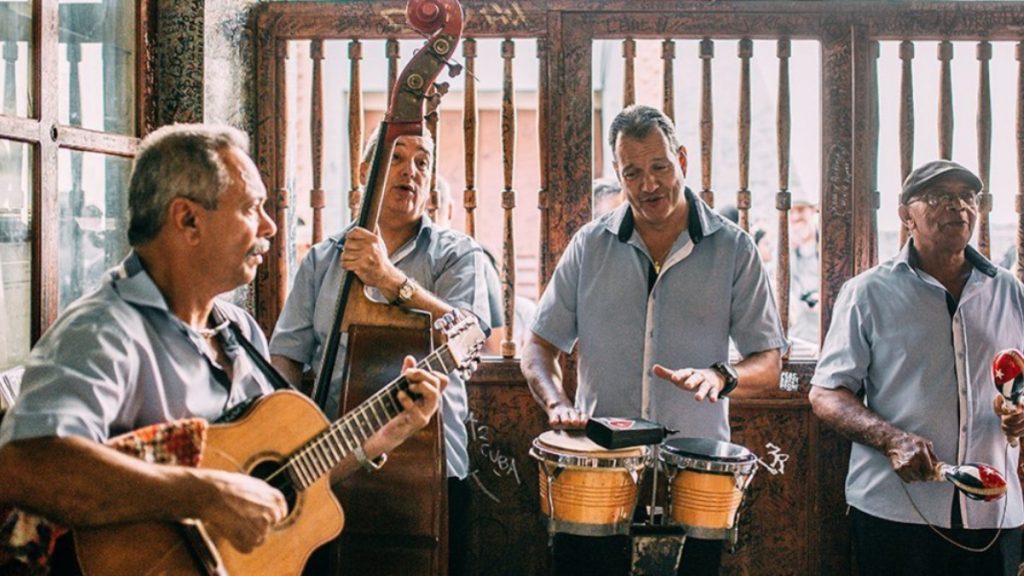Latin American music, Mexican, Central American music, and parts of South America and the Caribbean occupied by the Spanish and Portuguese. These cultures reflect different combinations of Native American, African, and European influences that have evolved across the region over time.
https://www.melodyloops.com/music-styles/latin/ has various religious, traditional, and artistic Latin American music (informal, classical) from around the world. After a brief discussion on the use of music in pre-conquered cultures (for further treatment, see Native American music), the account turns to how Europeans introduced the music of the Iberian church and began to mix music with both religious and human traditions. At the same time, foreign art music processes became part of colonial culture and were integrated with local and regional tastes. By the 21st century the various aspects of national music had become firmly entrenched in all forms of music, while international styles were flowing into regional music radio.
Music and dance are interdependent, and to some extent dancing is part of the music scene, especially in the sacred and secular world. As traditional dances were transformed into the social and ballroom dances that now exist worldwide in the 21st century, and as popular music accompanied immigrants, Latin American music and dance became important elsewhere, especially in the United States. Current popular Hispanic music and dance are beyond the scope of this article. This is discussed in Latin American dance as well as in individual subjects such as merengue, rumba, salsa, and tango.
Latin music is the result of the intricate social and historical processes that took place in the Americas after the arrival of Columbus. Despite the traumatic experience, Latin music is one of the good results of that process, with the best of it available. The following is a brief introduction to the history of Latin music that explores the cultural and social diversity that eventually produced the best music genre in the world.
Often, the history of Latin music begins with the cultural intercourse that took place after the arrival of Columbus. However, it is important to remember that the natives of the New World had their own music. Maya culture, for example, was deeply rooted in the music industry and produced all kinds of musical instruments.
Wind instruments were very popular among pre-Columbian cultures. All kinds of flutes were made throughout the American continent and, fortunately, this original expression persists to this day in traditional Latin music as the Andean music of South America.
